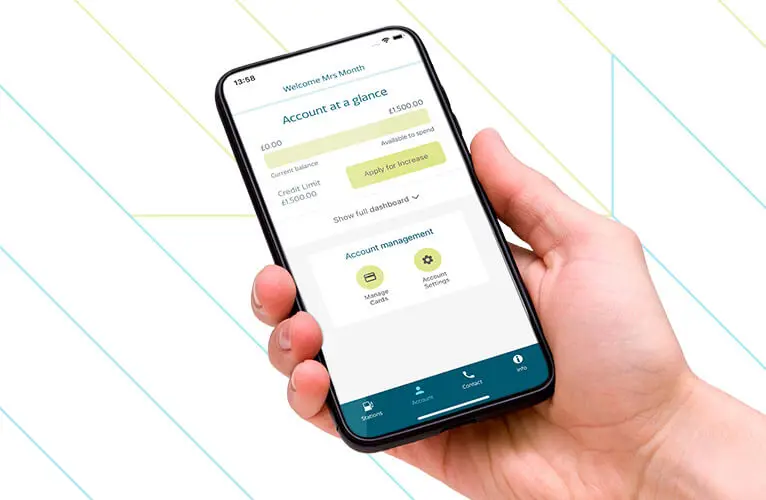
Better managing your business’ finances is easy with the right tools. Digital receipts are becoming a popular replacement for paper receipts. They're not only changing the way businesses manage financial records, but making the reconciliation process so much simpler. And for businesses with fleets, this can be key to smoother financial operations.
The benefits of digital receipts
Digital receipts are simply copies of paper receipts sent electronically and saved online. For business fleets having many transactions in one day, digital receipts pave the way for smoother, faster and more accurate financial reporting.
These receipts go into business tools and automatically pair up with bank deals or expense claims. As they're stored digitally there's no risk of losing the paper copy and your sensitive financial information is safeguarded. With no manual input it cuts out human error too, saving on work and valuable time. While using less paper lowers your environmental impact and makes your company more attractive to new potential customers.
Why business fleets should simplify reconciliation?
Moving to digital receipts can have a big impact on fleet companies. You'll get a clear, real-time record of every transaction across your entire fleet. And when used alongside automated tools, it's easier to control your financial operations. Your finance teams can then spend more time focusing on the company's financial health.
Using fuel cards with digital receipts
Combining fuel cards with digital receipts makes expense tracking so much more efficient. Every time you make a payment at certain service stations, digital receipts show up straight away with important transaction data. Fuel card providers have features that connect this data by seamlessly syncing fleet transactions with expense systems, giving greater transparency of your business expenses. Once card records are built into your accounting system, you can accurately track spending as it happens.
A step-by-step guide
Integrating digital receipts into your business needs some planning. Here's a guide on the steps you will want to take.
Step 1: Choose compatible accounting or expense software
This is key to making your digital receipts work in your system. Go for software with advanced features to make things easier, like optical character recognition. This lets you easily turn paper receipts into digital files. Make sure the software can sync your financial data in real-time and follows your company's rules.
Step 2: Integrate with your fuel card provider
First, check if your fuel card works well with your accounting software. Use the provider’s API or connection tools to make digital receipts sync on their own. This helps make the reconciliation process smoother and your operations run more efficiency.
Step 3: Configure automatic syncing
Setting up your accounting software to automatically sync digital receipts speeds up your expense management process. Check that your accounting software works with receipt management features. Make sure it can use optical character recognition to pull out relevant data from each receipt without you having to type it in. And keep an eye on how the system works together so your financial records are always right, and you get timely reconciliation.
Step 4: Test and troubleshoot
Testing regularly makes sure the integration is seamless and helps improve your operational efficiency. First, check that the data moves smoothly from your accounting software to the receipt management platform. Watch out for any problems with financial data, like differences in numbers. You can use error logs and troubleshooting tools in your software to find the root of any problems.
Step 5: Train staff
Help staff get good at using the new digital receipts system. Show them how to use features in the expense management software with interactive tutorials and hands-on workshops. Encourage people to ask questions, try out the tools, and get comfortable with it. Keep asking for feedback to make sure your team understands.
Best practices
Digital receipts are usually safer than paper receipts as they can be encrypted and stored in the cloud. Protect sensitive information from fraud with encryptions and run regular audits to make sure expense reports and financial records are correct. Make it a habit to regularly check your integration settings and keep everything moving smoothly. Using GPS and tools that capture data on their own can make digital receipt management even better.
Taking these steps makes it easier to handle the reconciliation process to make the most of your financial reporting – and make digital receipts really work for your business.


